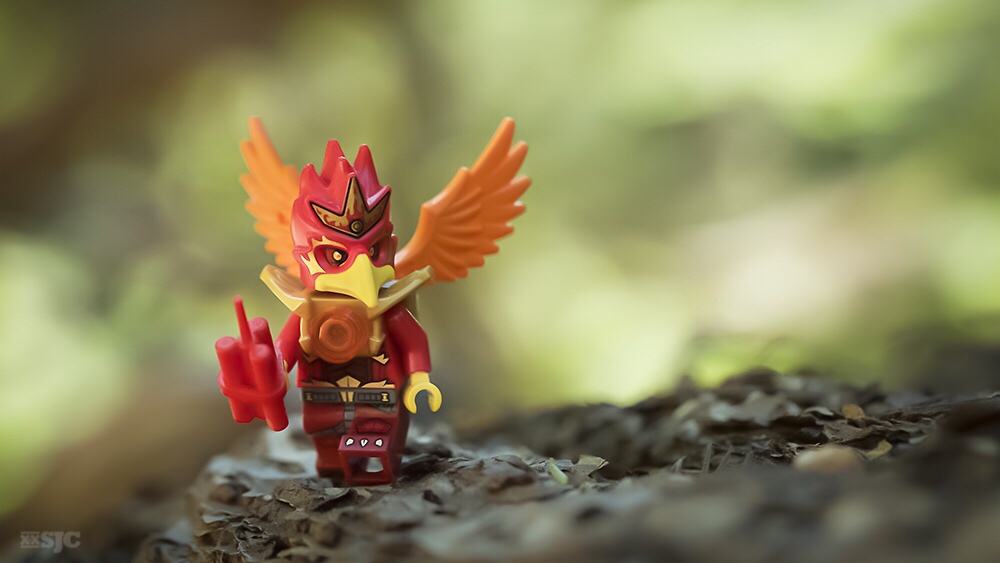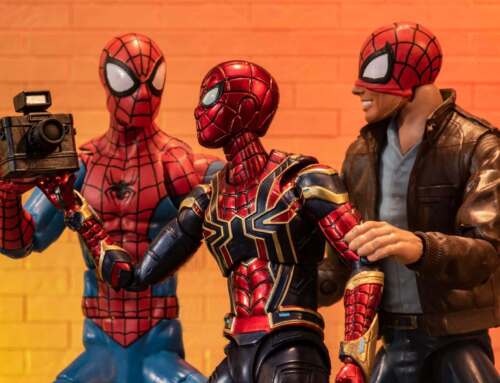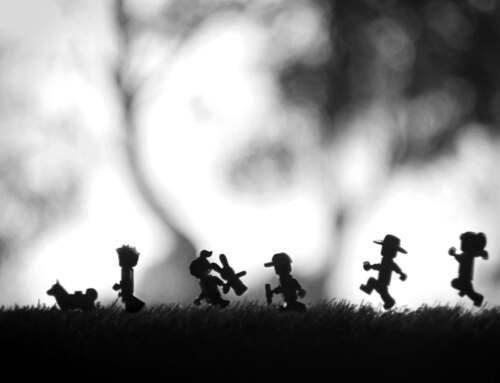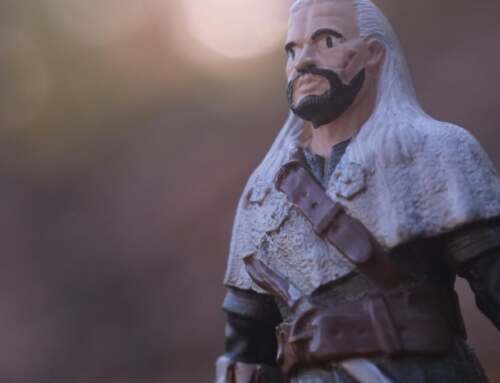A few weeks back I wrote a post about being tired of faking it and that I wanted to expand my technical knowledge. Three weeks later I’m back to tell you what I learned from Photoshop. I’ve finally finished my first 10 hour Lynda.com course and “surprise!” I learned a few things.
The first thing I learned is that I actually did know my way around Photoshop pretty well which made me feel better about this whole project. I’ve always used layers for my individual edits and corrections and I’ve taken a reasonable amount of care to make non-destructive edits. I was thankful I wasn’t going into this course completely new, otherwise I think the speed of the class would have been overwhelming.
What was new to me was how powerful a tool Adobe Camera Raw (the equivalent of Lightroom) is for basic photo editing? You can complete almost all of your major edits here without even accessing Photoshop. All the necessary edits like Exposure, Contrast, Color Temperature, Vibrancy can be take care of in the first menu. You can also spot adjust, fix distortion, add a split tone, create a black and white image, use selective color and add a pretty sweet vignette without even accessing the more powerful Photoshop. You can even correct blemishes with the spot removal tool. All of these edits are done in a non-destructive environment which means you can change your mind and go back into your file and re-edit the photo as your tastes and skill set changes. There are many more features and I highly recommend you watch a couple of videos on Adobe Camera Raw so you can maximize its benefits. (And before you get on me about why I’m not using Lightroom, its because I already had ACR so why spend money on another program?)
Once I have an edit that I am happy with in Adobe Camera Raw I’ve been opening it in Photoshop proper, and that’s where the problems start. Photoshop is an incredibly powerful program. When people like Suppadduppa666 talk about dropping down the rabbit hole that is Photoshop, I now get it. Where do you stop? Want to make your image look like a watercolor painting on rough canvas? You can do that. Want to make your mini figures frown? You can do that. Want to combine images to create ethereal other worlds? Of course you can do that too. In fact the program is so powerful it can be positively overwhelming.
In some ways I’m glad I didn’t start really getting serious about learning Photoshop until now. I’ve spent the last five years developing my own style of toy photography. I’ve practiced through thousands of photos and I can nail the shot I want pretty quickly. If I was learning Photoshop at the same time I was trying to develop my own individual style, I think I would have gone down that rabbit hole, played around with a dozen (or more) different photographic styles and never developed a much more important skill — how to take an interesting photograph that tells a story.
So while I really, really, really appreciate smart layers (where have you been all my life)! And I’m super happy to finally understand focus stacking, I’m not sure I would recommend mastering Photoshop before you’ve mastered beginning photography. In fact there is nothing that Photoshop can do that you can’t do on your phone with a slew of easy to use apps. I think in many ways that taking photos and developing your style is more important than mastering Photoshop in the early stages of your career as a photographer.
Of course it’s important that you know that Photoshop exists. If you have the time I would recommend that you watch any of the beginning classes available on Lynda.com. (My local library offers them for free and LinkedIn Premium offers them for free as well. So look around, you might find a deal.) Watch them not with the intention of doing the tutorials, but to see exactly how people are altering photos in many subtle and not so subtle ways. Part of being a good photographer is being an educated viewer.
I think the most important thing I learned from Photoshop is how to look at a photograph critically. Now when I look at someones work I can see what they did or did not do while editing. I can say: “Gee, I think they should have really bumped up the clarity on the lines in that old mans face to make them more pronounced.” or “Why oh why did they bump the vibrancy and saturation on only part of the sky?” or “That’s a beautiful use of split toning; I have an image that would be perfect for that technique.”
When Boris and I started this blog two years ago we decided not to talk tech and I’m glad we did. Of course my reasons then are different from what they are now. Then it was because I couldn’t, now its because I find them to be a distraction from what is really important — telling a good story with an emotional impact on the viewer.
Which reminds me, I need to choose our next photo challenge. I hope you will consider joining us!
~ Shelly

If you received one of my best of 2015 books you may recognize the sister image to this. When I was reviewing my images with a fresh set of eyes (courtesy of learning PS as well as a critique from Balakov) I felt this was actually a better image. It was a pleasant surprise to find this image and bring it to life with a new set of skills.







This post is a big surprise because it made me think much more than I expected. Maybe I’m overthinking this but I’m a bit confused. I have the feeling you mix two different things: developing a raw file and editing a picture. For me they’re two different things. Post-processing a photo with Adobe Camera Raw (either in Lightroom or Photoshop), or any other similar software, is just deciding how to interpret the data captured by a camera sensor, in order to get a real photo that can be displayed. In my opinion it’s not much different than choosing the appropriate aperture on the camera to get the depth of field you need to support your story. If you shoot in JPEG, you just let your camera make the choices for you, like you would do in automatic mode for the aperture.
While I quite agree it might not be a good idea to start toying with Photoshop early to create special effects, I think shooting raw files and learning how to basically post-process them is part of photography 101. From my experience learning this earlier, alongside using a camera in aperture priority mode and basic composition rules make things easier later. Not because you can have the fake impression of being able to create good photos, but because you are able to understand the photos of others. Personally it helped me train my eye. I completely agree one should not be overly focused on technical aspects of photography. Technique should be used to support a story. Without a story the technique won’t make a good picture. But I still think that being able to understand basic technique can save a lot of time and prevent frustration and demoralization.
I’m saying this because I see people around me being frustrated not being able to get the result they want with their photography. It ends up with demotivation and believing that it’s because their camera is not good enough (cough cough cough). I’m pretty sure that learning early what I called “photography 101” can avoid this kind of thinking. I’m also saying this because I go myself over post-processing too quickly by laziness: for me it’s really not the fun part of photography.
All that said nice job on Fluminox. I went back to the book and the comparison is stunning! (I also used this as an excuse to go back to the other books, a well spent evening!)
Reiterlied,
I’m really not sure why there is a confusion. I guess this is why I don’t talk tech; I think it’s a waste of time. In this post I thought I would share my personal journey. I thought I would share what its like to face your fears and discover that they’re unfounded. I really didn’t want to get into a discussion about tech, and how to interpret an image. That is a journey that each artist has to take on their own.
There’s a reason I’m only now learning how to process an image with good work flow using the Adobe suit of software – its because I need to know those skills now. I didn’t need to know them 5 or 10 years ago. I think everyone learns at their own pace and the skills they need when they need them.
Maybe its good that your friends are finding out that photography is not as simple as buying the best camera they can afford. Maybe they will look at the work of their fellow photographers with a new found respect.
Thank you for your kind words about Flumminox. Its was a pleasant discovery. Not all the images from the last few years have yielded such a lovely gem.
Cheers!
Shelly
ps – I promise not to talk tech anymore. its not my strong suit. 😀
But there is so much more to Lightroom than editing! The organising and printing are superb. Also the Lightroom+Photoshop CC package is a bargain compared to anything else in the Creative Suite. Lightroom Lightroom Lightroom!
😉
You couldn’t resist could you?? 😀
I know I know I know! I will more than likely move to Lightroom by the end of the year. I’m currently in procrastination mode. 🙂